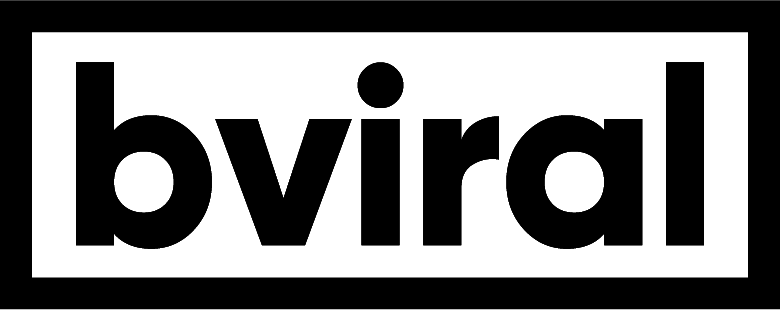The digital content economy is evolving rapidly. In 2024, short-form video continued to dominate attention across nearly every major platform—from TikTok and YouTube Shorts to Instagram Reels, Facebook, and emerging global apps.
But as creators scale their output and build audiences, one strategic gap continues to limit long-term potential: Platform exclusivity.
While many creators still focus their efforts on a single channel, the data tells a different story: today’s audiences are fragmented, multi-platform, and expect content to meet them where they are. Relying on a single distribution point doesn’t just limit visibility, it caps earning potential and weakens sustainability.
The Rise of Platform-Agnostic Content—and the Cost of Staying Localized
Each platform has its own algorithm, user behavior, and monetization model. And yet, much of the creator economy is still centered on building channel-specific presence—optimizing for TikTok virality, YouTube retention, or Instagram engagement.
This narrow approach overlooks a key reality: The most successful creators are no longer platform-dependent, they’re platform-diverse.
A 2024 survey by HubSpot found that over 70% of Gen Z and Millennial users consume video across three or more platforms weekly. That includes a blend of short-form, long-form, and even niche or regional content hubs. Creators who don’t adapt to this behavior are effectively siloing their content from large portions of potential audience, and revenue.
Where the Opportunity Is, and Why It’s Being Missed
Multi-platform publishing isn’t just about increasing view counts. It’s about increasing the value and resilience of content.
Here’s what that looks like in practice:
1. Reach Expansion
Every platform has a distinct demographic and content rhythm.
- TikTok prioritizes rapid trend cycles and discovery.
- YouTube Shorts benefits from search-driven content and broader age groups.
- Facebook still commands a significant share of global video engagement—particularly in older age brackets and emerging markets.
- Instagram Reels continues to reward curated, aesthetically-driven content.
By publishing across platforms, creators gain exposure to audiences they wouldn’t otherwise reach, many of whom may not overlap.
2. Content Lifespan Extension
Platform-specific algorithms determine how long a piece of content is surfaced.
- A TikTok video may peak within 48 hours.
- A YouTube Short can continue gaining views for weeks.
- Facebook content often resurfaces through shares and reposts over months.
Creators who publish broadly extend the life and visibility of their work—turning one moment of effort into multiple windows of return.
3. Monetization Multiplication
Different platforms offer different monetization opportunities:
- YouTube Shorts: ad revenue share and partner integrations
- TikTok: creator fund, Pulse ads, brand licensing
- Facebook and Instagram: in-stream ads, bonuses, branded content tools
- International platforms: emerging monetization programs with growing CPMs
A single video, properly formatted and distributed, can generate revenue in multiple ecosystems simultaneously. A strategy many digital-first brands have already adopted, but creators are only now beginning to explore at scale.
Where Most Creators Fall Short
Despite the clear advantages of multi-platform publishing, many creators face significant hurdles in expanding their reach across channels:
- Time and bandwidth: Repurposing content for multiple formats, specs, and audiences takes more time than most creators have.
- Fragmented tools: Publishing workflows are still highly platform-specific. What performs well on TikTok might need re-editing for YouTube or reformatting for Instagram Reels.
- Limited access: Many creators simply don’t have the relationships or pathways to get their content placed on high-visibility channels—especially on larger brand-owned, publisher-curated, or regional video networks.
This is where infrastructure matters.
Our company has built strategic partnerships with some of the biggest platforms, publishers, and digital networks in the space. These relationships allow us to help creators place their content directly into high-exposure environments—often bypassing the slow, organic build-up that traditional creators face.
In other words: we don’t just optimize for distribution; we open doors that are normally closed.
For creators, this means faster syndication, expanded reach, and real visibility in new markets and ecosystems. All without needing to navigate the platform politics or back-end processes alone.
A Strategic Shift Toward Longevity, Not Just Virality
As the creator economy matures, the focus is shifting from short-term spikes to long-term scalability.
Multi-platform content is central to that evolution.
The creators building sustainable businesses in 2025 and beyond aren’t just producing content for the next post; they’re developing systems to ensure each piece of work travels further, performs longer, and earns more.




